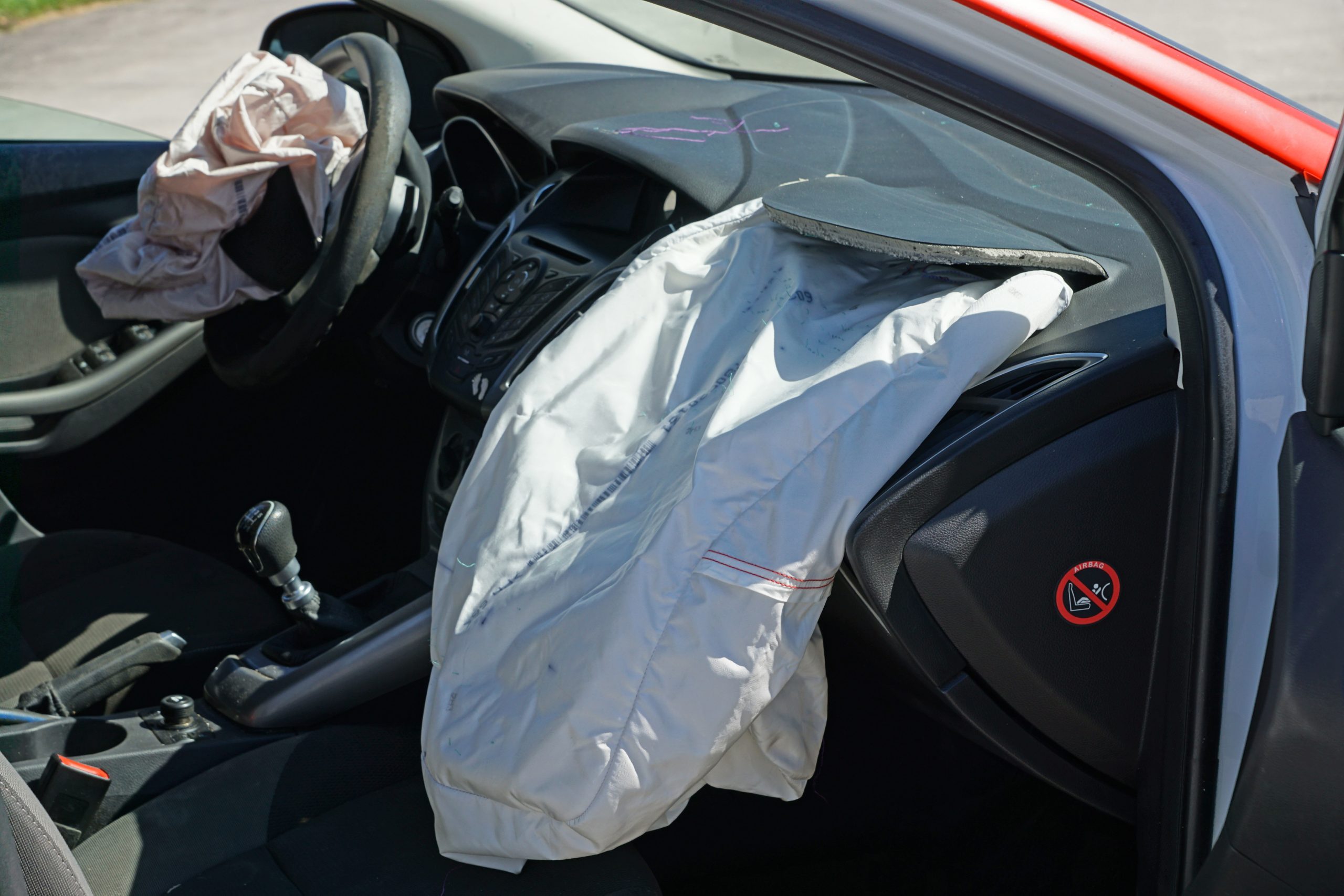 It’s a common scenario: a potential buyer visits a car lot, finds a vehicle he’d like to test drive, and heads out onto the road with the salesperson in the passenger seat. What happens, though, if an accident occurs during the test drive? Suppose the potential buyer loses control of the vehicle while driving — who is responsible for injuries and property damage that result?
It’s a common scenario: a potential buyer visits a car lot, finds a vehicle he’d like to test drive, and heads out onto the road with the salesperson in the passenger seat. What happens, though, if an accident occurs during the test drive? Suppose the potential buyer loses control of the vehicle while driving — who is responsible for injuries and property damage that result?
On October 27, 2007, Ronald Branstetter was riding his motorcycle on Airline Highway in Baton Rouge when he was allegedly forced off the highway. Branstetter states that defendants Beal and Rives were test-driving a 1988 Ford Bronco when Beal lost control of the truck. To avoid a collision, Branstetter swerved off of the highway, causing him to suffer injuries. Branstetter brought a lawsuit against Beal and Rives to recover damages from his injuries, alleging that the injuries were caused by Beal’s and Rives’s negligence. Branstetter also named Millenium Auto Sales (“Millenium”) as a defendant in the case, alleging that Millenium owned the Ford Bronco and that the company employed Rives, giving rise to a vicarious liability claim.
Under Louisiana law, employers are generally responsible for the damage caused by their employees, but only if the employee is acting within the course and scope of his employment. La. C.C. art. 2320. A “servant,” or employee, is considered to be a person under the control of another employed to perform services. On the other hand, a non-servant agent may contribute to the employer’s business but is not under the employer’s control. In determining if there is a master-servant relationship, courts often look to factors including compensation, the status of the employee, performance of a specific mission, the intensity of the relationship, control, the role of the employer in exercising control, and the direct benefit to the company. See Cason v. Saniford, 148 So. 3d 8 (La. Ct. App. 2014).
 Insurance Dispute Lawyer Blog
Insurance Dispute Lawyer Blog


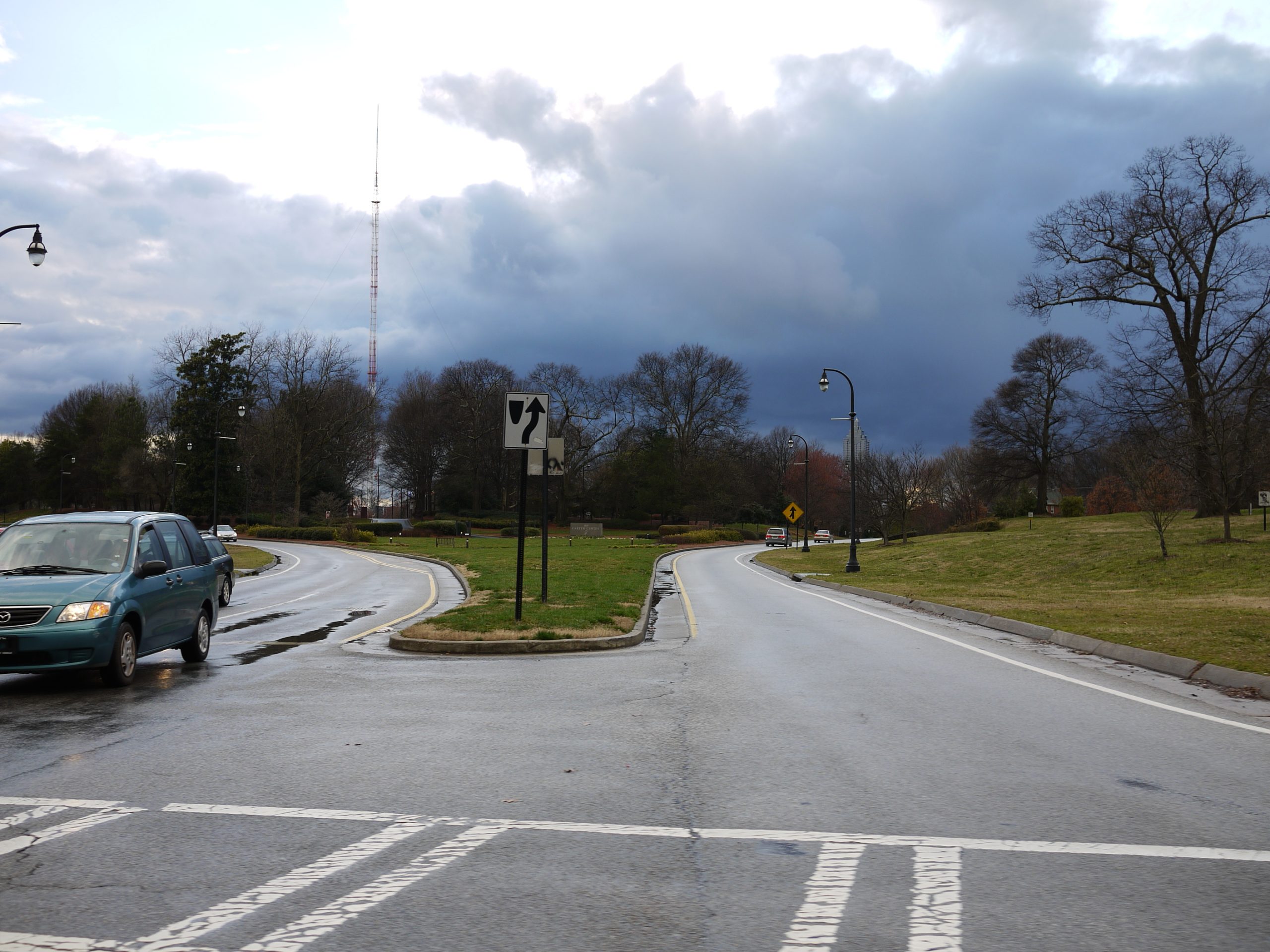 Lawsuits resulting from car accidents can raise many difficult questions. Determining the precise events that led to an accident can be complicated and require courts to make close calls about witnesses’ credibility. Furthermore, parties may question whether they are entitled to certain damages if they prevail in their lawsuit. These questions arose in a lawsuit involving a car accident in Monroe, Louisiana.
Lawsuits resulting from car accidents can raise many difficult questions. Determining the precise events that led to an accident can be complicated and require courts to make close calls about witnesses’ credibility. Furthermore, parties may question whether they are entitled to certain damages if they prevail in their lawsuit. These questions arose in a lawsuit involving a car accident in Monroe, Louisiana. 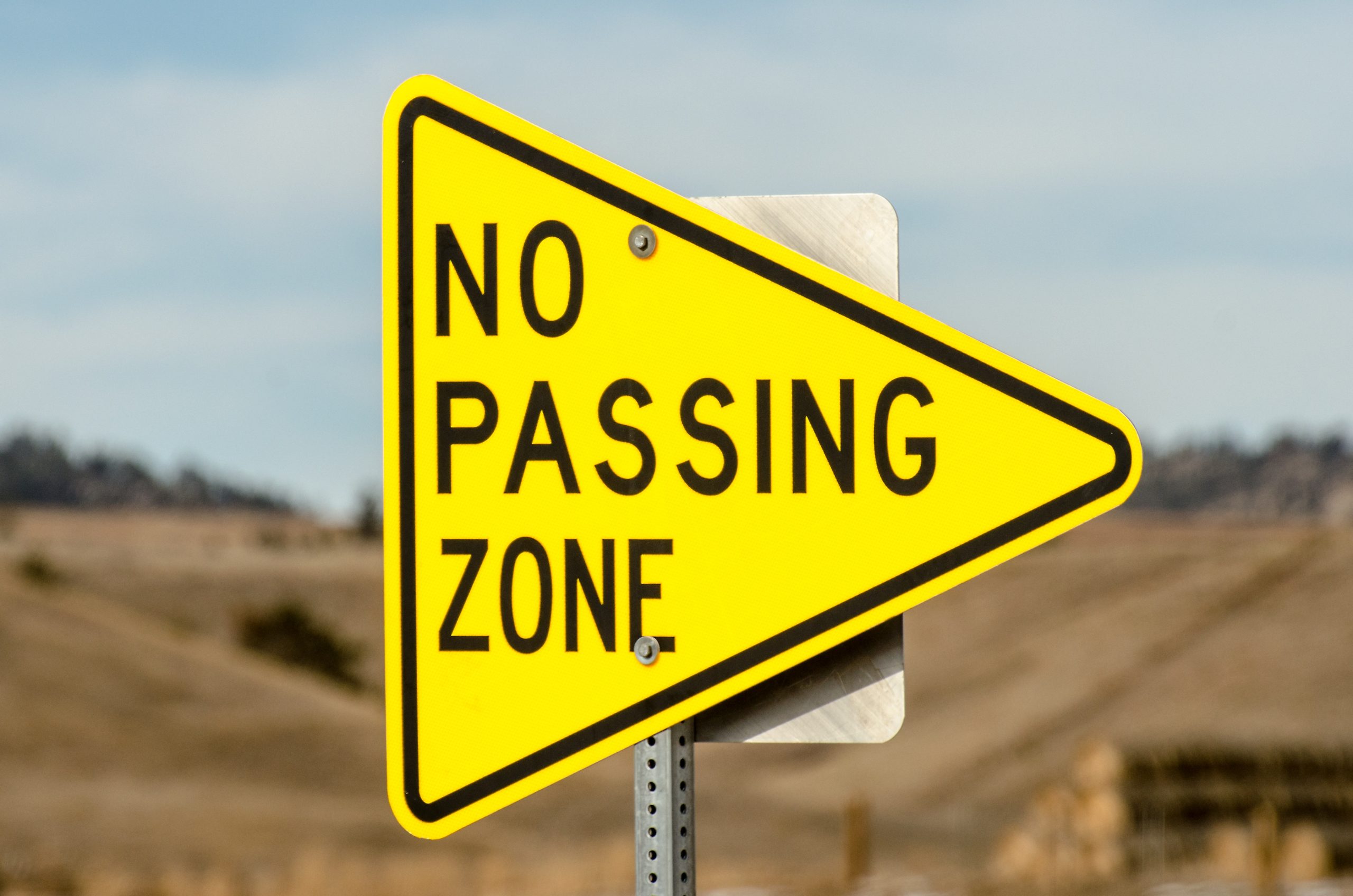 Car accidents are unfortunate but commonplace occurrences in modern life. The resulting lawsuits can involve complicated arguments over the allocation of fault between the drivers involved and the appropriate amount of damages awarded by the Court. Such questions arose in a lawsuit involving a car accident in Ouachita Parish, Louisiana.
Car accidents are unfortunate but commonplace occurrences in modern life. The resulting lawsuits can involve complicated arguments over the allocation of fault between the drivers involved and the appropriate amount of damages awarded by the Court. Such questions arose in a lawsuit involving a car accident in Ouachita Parish, Louisiana.  Sometimes words that we think have clear meanings become less than clear when used in the law. For instance, if a state statute prohibits cars from driving on park grounds, we would naturally conclude that a regular passenger vehicle is forbidden from entering the park. However, what about a toy car? Would a toy car be banned as well? It would be ridiculous to think that the legislature intended to forbid toy cars and passenger vehicles from park property. In some cases, courts are called upon to apply statutes to situations that, based on the plain language of the law, are not entirely clear. On the other hand, in cases where the rule is clearly written, Louisiana courts favor a direct application of the law.
Sometimes words that we think have clear meanings become less than clear when used in the law. For instance, if a state statute prohibits cars from driving on park grounds, we would naturally conclude that a regular passenger vehicle is forbidden from entering the park. However, what about a toy car? Would a toy car be banned as well? It would be ridiculous to think that the legislature intended to forbid toy cars and passenger vehicles from park property. In some cases, courts are called upon to apply statutes to situations that, based on the plain language of the law, are not entirely clear. On the other hand, in cases where the rule is clearly written, Louisiana courts favor a direct application of the law.  Anyone involved in a lawsuit knows that litigation can take months or even years to resolve. Though courts try to expedite the process, the parties involved are also responsible for moving the case forward expediently. If the plaintiff in a lawsuit files a complaint and fails to take further action for a certain amount of time, the defendant may file a motion to dismiss on the grounds of abandonment. The case below is an example of how the abandonment of a lawsuit by the plaintiff resulted in the dismissal of the action.
Anyone involved in a lawsuit knows that litigation can take months or even years to resolve. Though courts try to expedite the process, the parties involved are also responsible for moving the case forward expediently. If the plaintiff in a lawsuit files a complaint and fails to take further action for a certain amount of time, the defendant may file a motion to dismiss on the grounds of abandonment. The case below is an example of how the abandonment of a lawsuit by the plaintiff resulted in the dismissal of the action.  Car accident cases often involve conflicting stories from each person involved, as no one generally wants to admit fault. When these cases get brought to court, the court must decide which party is telling the truth. The following case examines how a court determines the credibility of two individuals involved in a motor vehicle accident in Caddo Parish.
Car accident cases often involve conflicting stories from each person involved, as no one generally wants to admit fault. When these cases get brought to court, the court must decide which party is telling the truth. The following case examines how a court determines the credibility of two individuals involved in a motor vehicle accident in Caddo Parish. 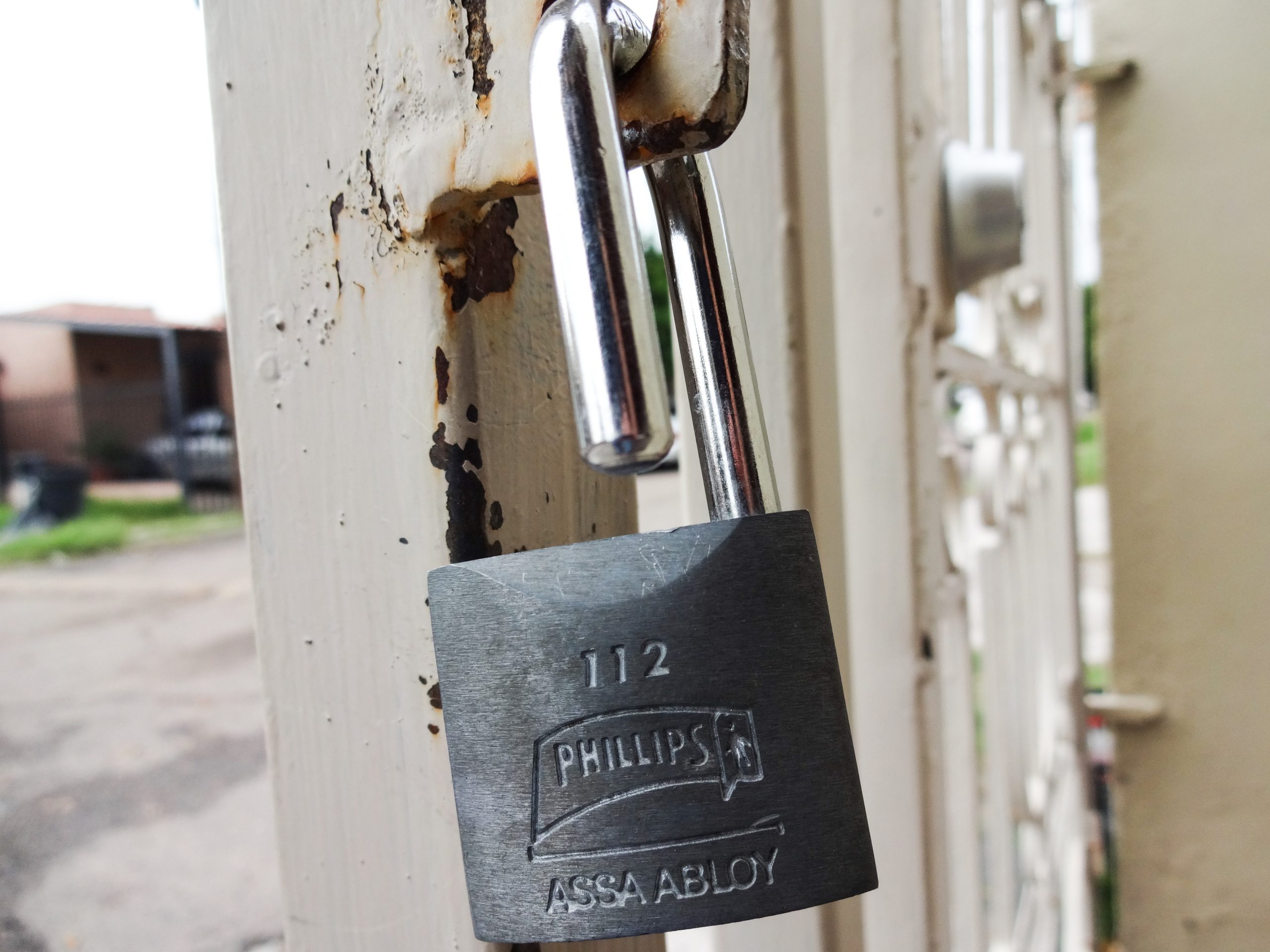 Before purchasing motor vehicle insurance, it is vital to fully understand what the policies will cover. For instance, some policies may not cover your medical bills if you were involved in a single-vehicle accident. Understanding what is covered and what is not may help you avoid legal action in the future.
Before purchasing motor vehicle insurance, it is vital to fully understand what the policies will cover. For instance, some policies may not cover your medical bills if you were involved in a single-vehicle accident. Understanding what is covered and what is not may help you avoid legal action in the future.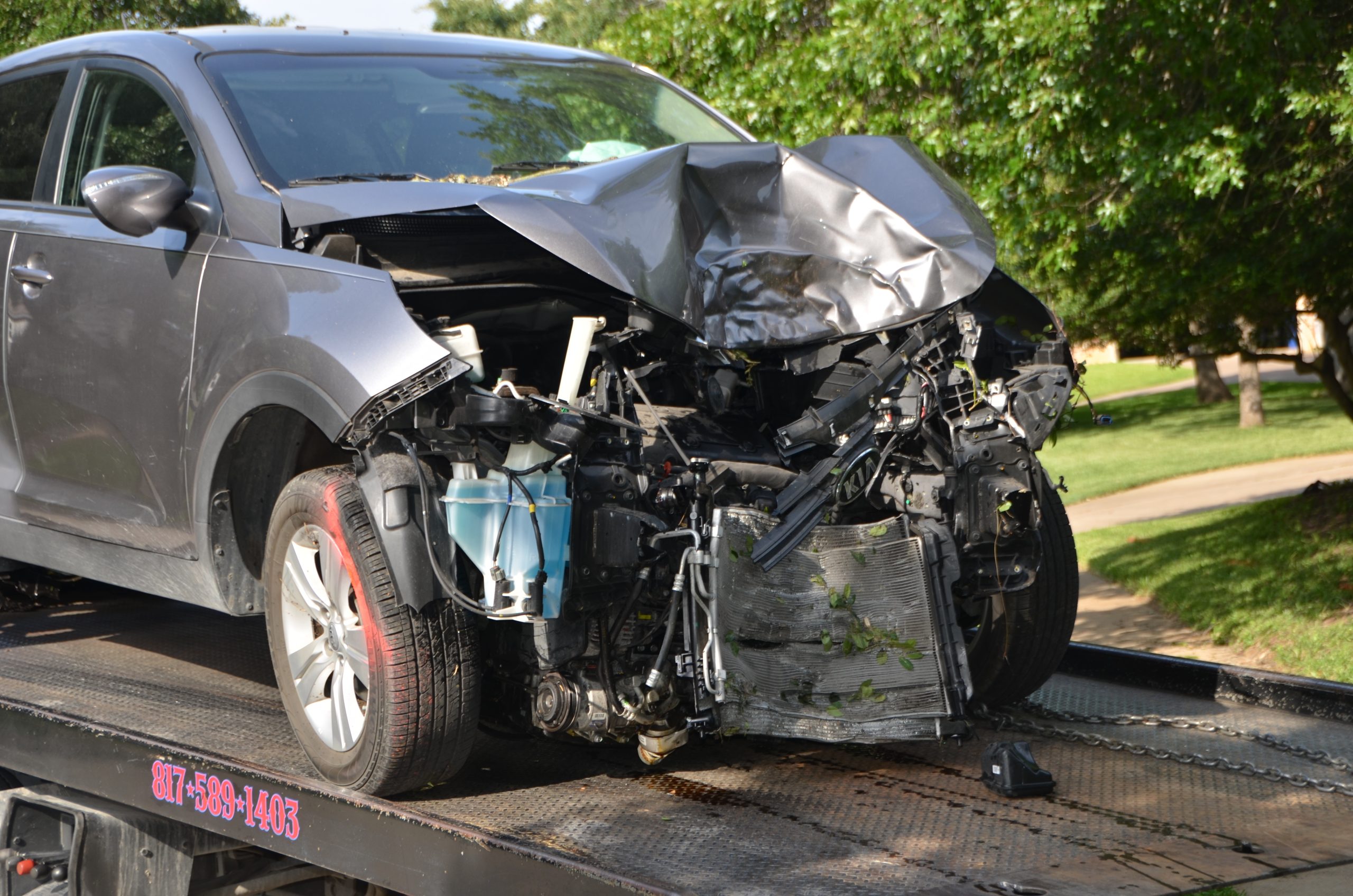 Although car accidents are common, they are still stressful. When you suffer a medical injury from an accident, you must have evidence to prove your injuries. One way to do so in Louisiana is using the “Housley” causation presumption. The following case helps answer the question, what exactly is the “Housley” presumption?
Although car accidents are common, they are still stressful. When you suffer a medical injury from an accident, you must have evidence to prove your injuries. One way to do so in Louisiana is using the “Housley” causation presumption. The following case helps answer the question, what exactly is the “Housley” presumption?